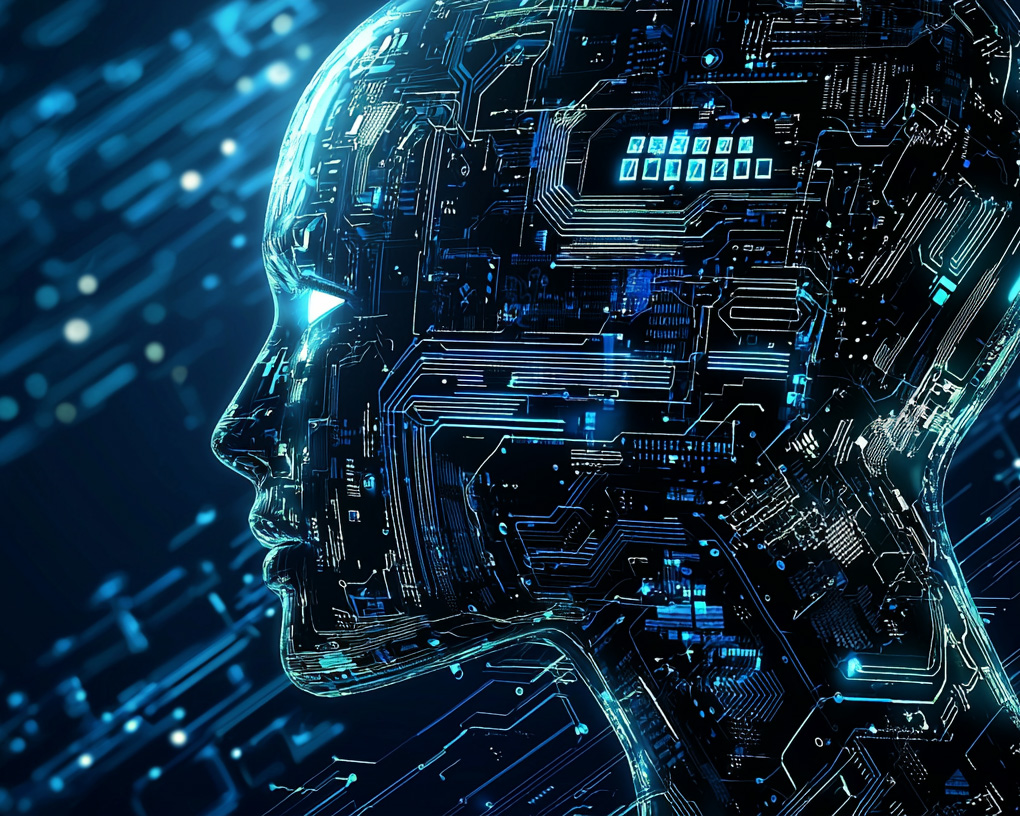Machine Learning (ML), a pivotal aspect of artificial intelligence (AI), enables systems to learn from data and improve autonomously. Its journey began in the 1950s with the concept of pattern recognition. The 1980s saw the rise of neural networks, rekindling interest in AI. The 2000s brought about significant advancements with the availability of big data and computational power, leading to the development of deep learning.
Today, ML is crucial in various domains, from healthcare to finance, transforming industries and everyday life by making predictive analytics, personalized experiences, and automation possible for those stepping into the tech world.
There are various types of Machine Learning methodologies as described below:
1. Supervised Learning
Supervised learning is akin to having a tutor guiding a student. The model is trained on a labeled dataset, where each input is paired with a corresponding output. The algorithm learns to predict the output from new inputs.
Key Techniques:
- Classification: The model predicts categorical outcomes. For instance, spam detection in emails where the email is classified as spam or not spam.
- Regression: The model predicts continuous outcomes. An example is predicting house prices based on various features like location, size, and amenities.
Real-World Example: In healthcare, supervised learning models can be used to predict patient outcomes based on historical data, thus aiding in early diagnosis and treatment planning.
2. Unsupervised Learning
Unsupervised learning involves the model acting like an explorer, finding hidden patterns in data without labeled inputs. This type of learning is essential for tasks where labeling data is impractical.
Key Techniques:
- Clustering: Grouping data points with similar characteristics. For example, customer segmentation in marketing, where customers are grouped based on their buying behavior.
- Dimensionality Reduction: Reducing the number of variables under consideration. Techniques like Principal Component Analysis (PCA) help in visualizing high-dimensional data.
Real-World Example: In e-commerce, clustering can help identify customer groups with similar purchase habits, enabling targeted marketing strategies.
3. Semi-Supervised Learning
Semi-supervised learning is a hybrid approach that combines a small amount of labeled data with a large amount of unlabeled data. This method is particularly useful when acquiring labeled data is expensive or time-consuming.
Real-World Example: In natural language processing (NLP), semi-supervised learning can be used to classify texts. For instance, a few labeled reviews can help a model learn to categorize a vast number of unlabeled reviews as positive or negative.
4. Reinforcement Learning
Reinforcement learning is like training a pet with a system of rewards and punishments. The model learns by interacting with its environment, receiving feedback from its actions, and adjusting its strategy accordingly.
Key Techniques:
- Q-Learning: A type of model-free reinforcement learning used to find the best action to take given the current state.
- Deep Q-Networks (DQN): Combines Q-learning with deep neural networks for handling large state spaces.
Real-World Example: In robotics, reinforcement learning is used to teach robots how to navigate and manipulate objects. For instance, autonomous vehicles learn to drive by receiving rewards for staying on the road and penalties for collisions.
Expanding the Horizons: Applications of Machine Learning
Machine Learning is transforming industries by providing actionable insights and automating complex tasks. Here are some notable applications:
- Healthcare: Predictive models for disease outbreaks, personalized treatment plans, and diagnostics.
- Finance: Algorithms for fraud detection, stock market prediction, and risk management.
- Retail: Personalized recommendations, inventory management, and sales forecasting.
- Marketing: Customer segmentation, targeted advertising, and sentiment analysis.
Conclusion
Understanding Machine Learning and its various types equips aspiring data scientists with the knowledge to leverage these powerful algorithms. By exploring supervised, unsupervised, semi-supervised, and reinforcement learning, graduates can drive innovation and efficiency in their future careers.




